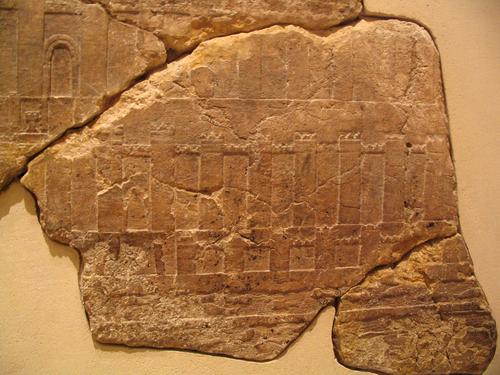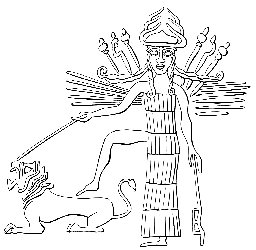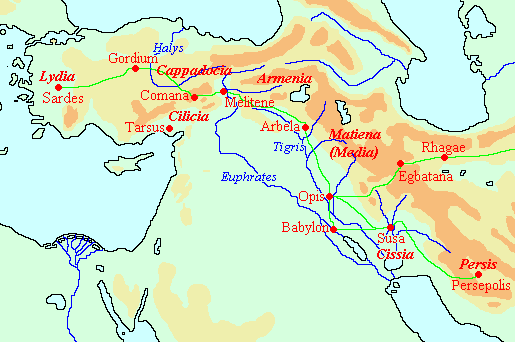Arbela (Erbil)
Q132754Arbela (Assyrian Arba'ilu): Town in ancient Assyria, modern Arbîl or Erbil, situated between the Great and the Little Zab.

Excavations make it clear that Arbela was already occupied in the fourth millennium BCE, but it is extremely difficult to know more about the first two thousand years of its history, because the modern city lies on top of the ancient town, which makes excavation difficult.
Sometimes, however, we read about the town in the ancient cuneiform texts; the eldest, which call the city Urbilum, date back to the twenty-first century BCE. We know that Arbela possessed a famous temple where extatic prophetesses pronounced the will of the fertility goddess Ištar. Within Assyria, this cult center was second only to the capital Aššur. The town seems to have shared in Assyria's political ups and downs. Later, the town was contested between the Assyrian and the Babylonian kings Aššur-reš-iši (1133-1115) and Ninurta-nadin-šumi (1132-1126) (cf. Aššur-reša-iši chronicle).

We also know that Arbela sided with prince Aššur-danin-apli, who revolted against his father Shalmaneser III in 825 BCE; the town was subdued by the crown prince Šamši-Adad, who became king in 824. This is an exceptional piece of information, because under normal circumstances, Arbela was a loyal part of the Assyrian empire.
When the Babylonians destroyed the Assyrian capitals Aššur in 614 and Nineveh in 612, Arbela became part of the Babylonian empire; and when their capital was taken by the Persian leader Cyrus the Great, Arbela became a town in the huge Achaemenid empire (539 BCE). No cuneiform document mentions the town during the collapse of either Assyria or Babylonia.

According to the Behistun inscription, Arbela was the place where the Median rebel leader Tritantaechmes was crucified by the Persian king Darius I the Great in the Summer of 521 BCE. This suggests that Arbela retained some of its ancient importance; this is not surprising, because the town commands the road from Babylonia and Assyria into Armenia along the Great Zab. It was also one of the stations along the Royal road between Sardes in the west and Persepolis.
Archaeological excavations have confirmed the existence of a Persian garrison at Arbela in the fourth century. In the Autumn of 331, the Persian king Darius III Codomannus used Arbela as his base before he marched to Gaugamela, where he was defeated by his Macedonian colleague Alexander the Great on 1 October.
After this event, the country surrounding Arbela became known as Adiabene. It was part of the Seleucid empire and -later- of the Parthian empire. The Adiabenian dynasts were buried near Arbela.
In the first century CE, Adiabene became an independent kingdom, but its king recognized the Parthian king as his superior. It was briefly occupied in 116-117 by the Roman emperor Trajan, who called it 'Assyria'. After a century of independence, the Romans returned: the emperor Caracalla destroyed the Adiabenan royal tombs (216).
Arbela became one of the most important centers of eastern Christianity.